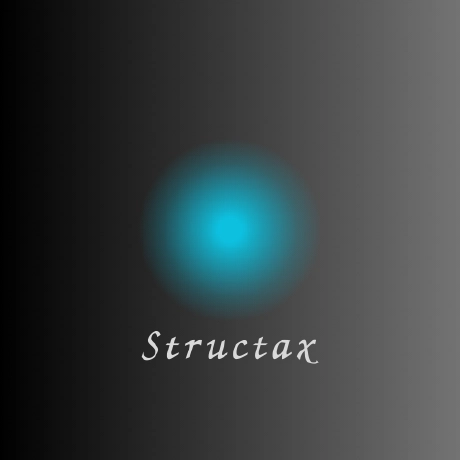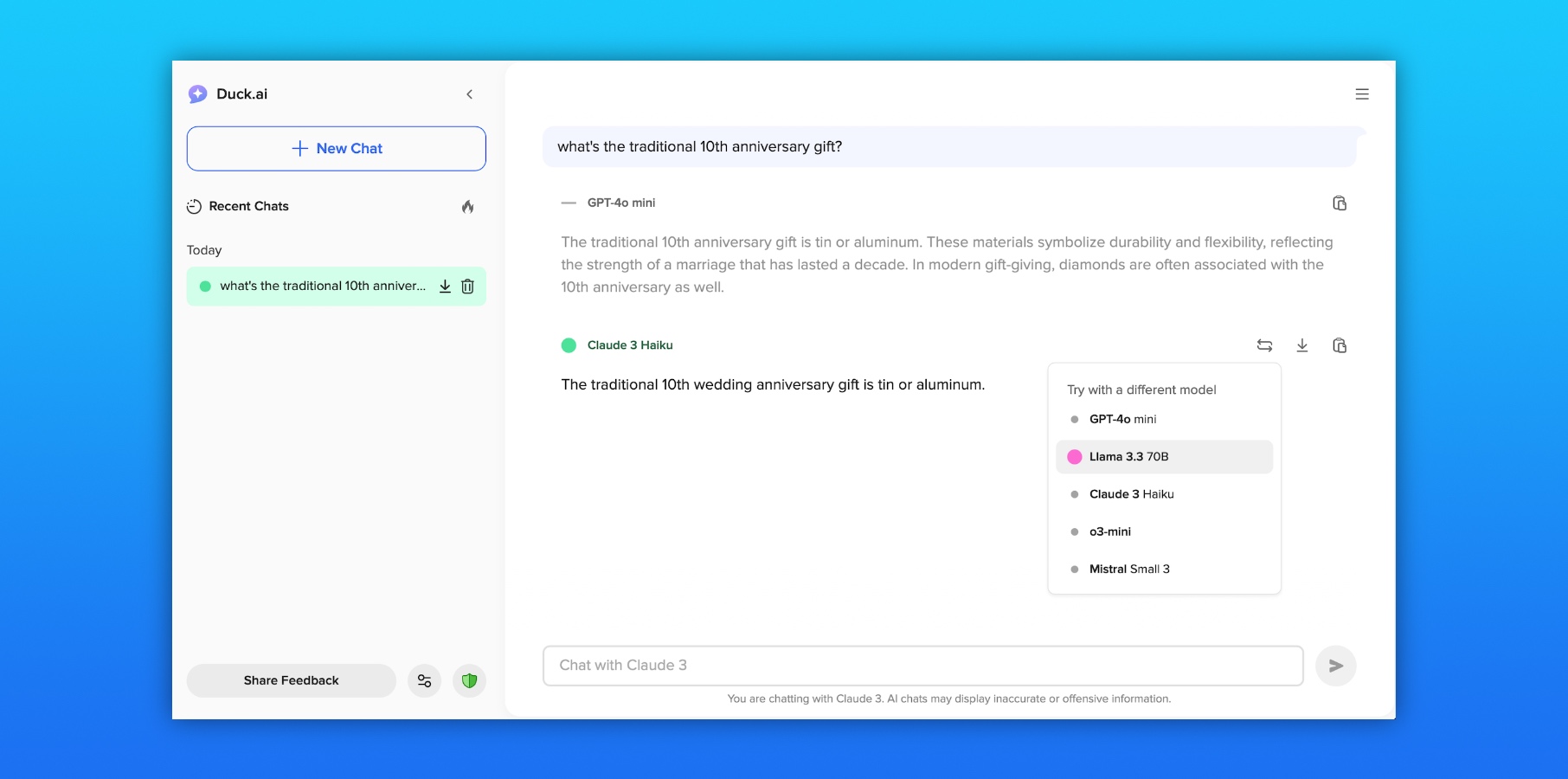Do you know how it works? - Factory Functions vs Constructor Functions
TL;DR: Factory functions and constructor functions both solve the problem of object creation and code repetition, but they do it differently. Factory functions return objects explicitly and offer better flexibility and encapsulation (closures), while constructor functions use the new keyword and automatically set up prototypal inheritance, sharing methods across instances. In this post, we break down real-world examples, when to use each one, and why understanding both patterns makes your JavaScript code more powerful, scalable, and readable. Introduction In the previous post, we explored factory functions and constructor functions separately, learning how each helps eliminate code duplication. Today, as promised, we’ll dive straight into a practical comparison between them — focusing almost entirely on code examples. We’ll revisit our pet shop, explore both patterns side by side, and finally answer the million-dollar question:

TL;DR:
Factory functions and constructor functions both solve the problem of object creation and code repetition, but they do it differently. Factory functions return objects explicitly and offer better flexibility and encapsulation (closures), while constructor functions use the new keyword and automatically set up prototypal inheritance, sharing methods across instances. In this post, we break down real-world examples, when to use each one, and why understanding both patterns makes your JavaScript code more powerful, scalable, and readable.
Introduction
In the previous post, we explored factory functions and constructor functions separately, learning how each helps eliminate code duplication.
Today, as promised, we’ll dive straight into a practical comparison between them — focusing almost entirely on code examples.
We’ll revisit our pet shop, explore both patterns side by side, and finally answer the million-dollar question:

































































































































































![[The AI Show Episode 145]: OpenAI Releases o3 and o4-mini, AI Is Causing “Quiet Layoffs,” Executive Order on Youth AI Education & GPT-4o’s Controversial Update](https://www.marketingaiinstitute.com/hubfs/ep%20145%20cover.png)


![[The AI Show Episode 143]: ChatGPT Revenue Surge, New AGI Timelines, Amazon’s AI Agent, Claude for Education, Model Context Protocol & LLMs Pass the Turing Test](https://www.marketingaiinstitute.com/hubfs/ep%20143%20cover.png)
















































































































































































































































.png?width=1920&height=1920&fit=bounds&quality=70&format=jpg&auto=webp#)
.png?width=1920&height=1920&fit=bounds&quality=70&format=jpg&auto=webp#)











































































































































![AirPods Pro 2 With USB-C Back On Sale for Just $169! [Deal]](https://www.iclarified.com/images/news/96315/96315/96315-640.jpg)
![Apple Releases iOS 18.5 Beta 4 and iPadOS 18.5 Beta 4 [Download]](https://www.iclarified.com/images/news/97145/97145/97145-640.jpg)
![Apple Seeds watchOS 11.5 Beta 4 to Developers [Download]](https://www.iclarified.com/images/news/97147/97147/97147-640.jpg)
































































































